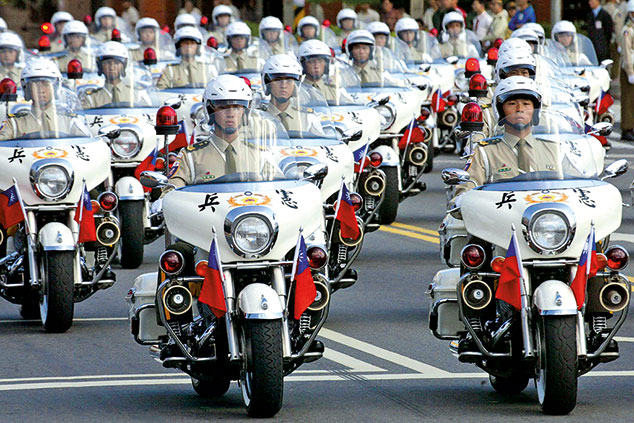
For all the talk of a trade war, it’s hardly a done deal just yet, notes Capital Economics. The economic impact of the 25% tariff on $50bn of Chinese imports Trump announced last week is small: they cover 3% of US imports, a similar proportion as the steel and aluminium levies promised a fortnight ago.
The tariffs would also affect just 10% of China’s exports, worth 0.25% of Chinese GDP. They may be watered down, as the levies on steel have been. Economies that account for 70% of US steel imports, including the EU, South Korea and Mexico, have got at least temporary exemptions. And China’s retaliatory tariffs on US goods worth just $3bn “suggests that its priority is to avoid exacerbating the conflict”. Still, assuming we end up in a full-blown trade war, what are investors to do? “The more ‘closed’, or self-sufficient the economy, the better,” says John Authers in the Financial Times. Those least reliant on trade are the US, Brazil, Japan and China, in that order. The countries that could start a trade war “have the least to lose economically”.
Still, economic exposure is not the same as stockmarket exposure; major indices tend to be more international. Half the S&P 500’s sales are made outside America, for instance, yet exports comprise just 12% of US GDP. Japan’s equity market is full of big exporters.
Keeping both economic and market vulnerability in mind, the most exposed emerging markets (which are generally more trade-dependent than industrialised ones in any case) are Taiwan and Korea, while the eurozone, notably Germany, looks the most vulnerable developed market. Europe’s markets and economies are both highly geared to global trade. At the company level, “smaller seems smarter”, says Rana Foroohar on FT.com. Localised players are far less likely to become targets of protectionism than sprawling banks or tech companies.